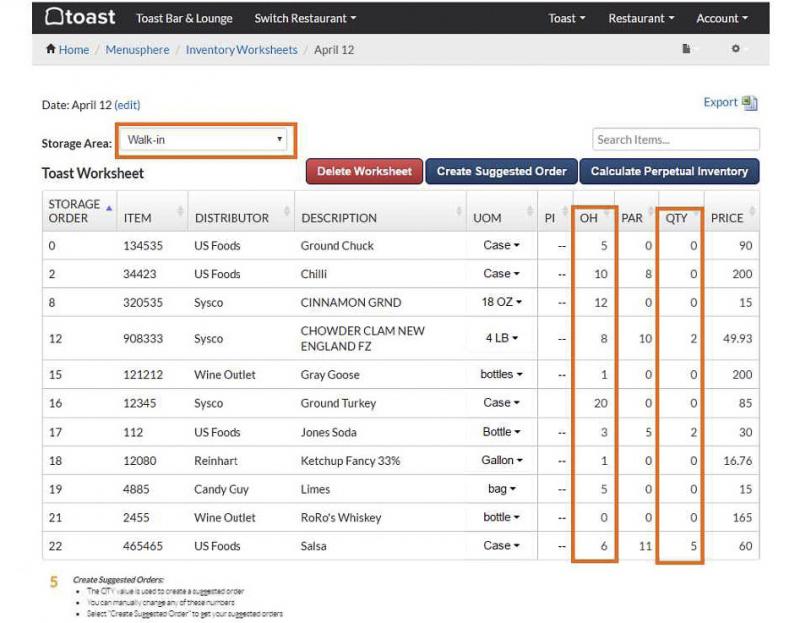The business of eating isn’t just about recipes and smiles

Yet again I was surprised at the amount of feedback I received from last week’s column here in the Cape Gazette. Lots of technical questions about restaurant operation!
Even after a decade of scribbling on this page, I still can’t predict which articles will hit a nerve and which ones will slip ignominiously into the ether with nary a whimper.
It’s no secret that many of the things I reference here and on the radio were learned from my adventures in restaurants I either owned or in which I was a partner. During my daily lineups (a quick meeting of servers/staff before a shift) I would announce, “This is not a drill! We are professionals. Please act like one!” They giggled, but what they didn’t know was that those words applied to me more than it ever would to them. My successes (and failures) had a direct impact on all of our bank accounts. The employees could simply walk out if they wanted to. If I walked out, I’d go to jail. Talk about a learning curve!
One of our specialties at my most recent restaurant was barbecued ribs. They were smoked for 12 hours, and were quite good. Long story short, barely two hours into our very first dinner service, we ran out. Now if it had been fries or burgers, we’d be dishin’ ‘em up in no time (there was a Giant Food store around the corner). But not ribs. Seemed unreasonable to ask guests to wait 12 hours for their entrees. I was embarrassed. And that’s when I learned about keeping track of things.
Restaurateurs call these calculations “pars.” In golf, it means the predetermined number of strokes that a player should make to complete a round, given the distance from the tee to the hole and other contributing factors. In restaurant lingo, it’s the predetermined amount of product that a restaurant should have on hand to complete a successful service. The number is based on a history of sales and weather, along with other factors such as holidays, etc. If you shoot below par in golf, you’re a hero. But that’s where the analogy breaks down: I was not a hero during our grand opening and shamefully ribless dinner service.
Fans of Food Network’s “Restaurant Impossible” know what I’m talking about. More often than not, Chef Robert Irvine drags a failing owner into the walk-in and points to boxes and boxes of inventory. “There’s your money!” he tells them. One of the fixes is a smaller menu that requires less perishable food on hand, and tracking it with weekly, monthly and yearly par sheets. These records include the weather and exactly how much of each menu item was sold on that particular day. The executive chef or kitchen manager can then extrapolate how many New York strips, tomatoes, corndogs or green beans he or she might need for next Tuesday. Or Wednesday. Or Sunday. You get the idea.
Armed with that information, he or she can adjust food orders, delivery schedules and average inventory based on that history. The longer a restaurant is in business, the more accurate this system becomes as the averages become trends. In my defense, though I did have barbecue sauce on my face when we ran out of ribs, it was our opening day. Not much history to track.
There are computer systems that take much of the drudge out of maintaining sensible inventory. Point of Sale (POS) systems, if properly programmed, can compare sales for each individual item or ingredient to similar days in the past. This becomes especially useful when a menu item contains a number of ingredients. A big salad, for example, might involve ingredients ordered from seven different purveyors, each in different weights and quantities. If the software is programmed to know exactly how much carrot, celery, blue cheese, romaine, cucumber, grape tomatoes, croutons, sunflower seeds, red peppers, bean sprouts and avocado (not to mention the ingredients in the dressing) goes into each big salad, then every time a server sends an order to the kitchen, the system adds that exact amount to the upcoming order, along with the day and time it was ordered.
Paying attention to pars is a big step toward helping a restaurant run at optimal profit. Recently I had the pleasure of getting up close and personal with the complex and very math-centered systems used by our local SoDel Concepts restaurant group. Several hundred employees and their families depend on those systems to ensure they have a job the next day. In fact, any consistently good restaurant operation will have similar systems in place - either computer-based or on clipboards tacked to the wall - to reduce spoilage and waste.
It’s details like these that make me cringe when somebody says, “Aunt Clarissa makes really good pancakes! She should open a restaurant!” Unless Aunt Clarissa is independently wealthy, she’ll also need to know the behind-the-scenes procedures that well-run restaurants employ to stay in business. In the immortal words of longtime restaurateur Paula Deen, “It ain’t all about the cookin’!”





















































